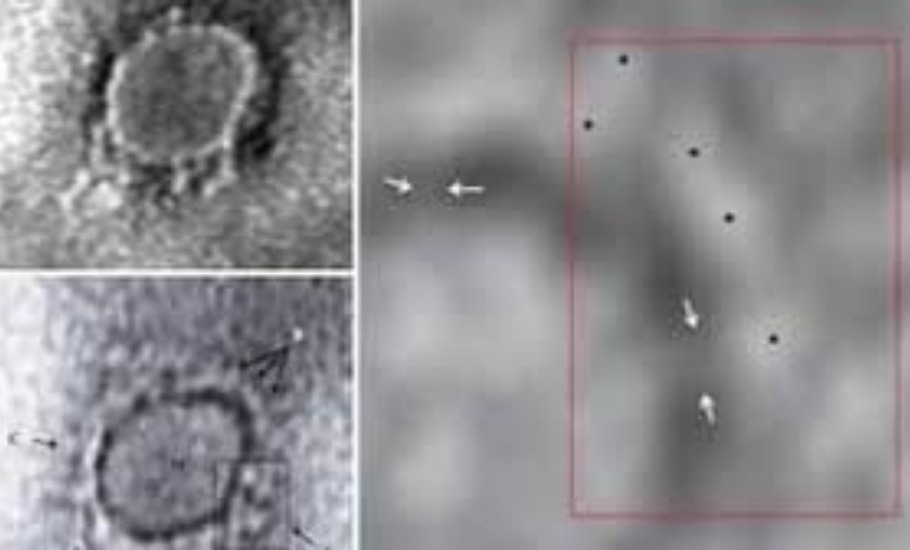
Pune scientists capture first images of COVID-19 virus
In a breakthrough moment for India, the scientists in Pune have captured the first images of the SARS-CoV-2 also known as coronavirus from the throat scab of the first Indian patient infected on January 30.

In a breakthrough moment for India, the scientists in Pune have captured the first images of the SARS-CoV-2 also known as coronavirus from the throat scab of the first Indian patient infected on January 30.
The findings were published in the Indian Journal of Medical Research, and the scientists were able to capture the image using transmission electron microscope imaging.
The patient, a female medical student studying in Wuhan, China had returned home after the outbreak began in early December.
She along with two other students was found to have been infected in a laboratory test.
Images of the Sars-Cov-2 virus closely resembles the Mers-Cov virus that causes Middle East Respiratory Syndrome coronavirus in 2012, and the 2002 Sars-CoV virus that causes Severe Acute Respiratory Syndrome (SARS) coronavirus, reported Hindustan Times.
Related news: Why coronavirus could be more fatal for men
Explaining the structure of the virus, Dr Nirmal K Ganguly, former director-general, Indian Council of Medical Research said, “Coronavirus have a crown-like appearance and these spikes on the surface give this virus family its name, as corona means crown in Latin. They have evolved to recognize a variety of receptors, including protein receptors and sugar receptors, and enter cells by first recognizing a host-cell-surface receptor for viral attachment, and then fusing viral and host membranes for entry.”
The doctor further added that the finding will prove extremely helpful in understanding the mutation of the virus, its origin and the ability to jump from animals to humans.
“It will help in informed work on the development of drugs and vaccines,” explained Dr Ganguly.
The feat of isolating and getting well-defined imaging of the virus was made possible by gene sequencing of samples done at the National Institute of Virology (NIV), Pune.

